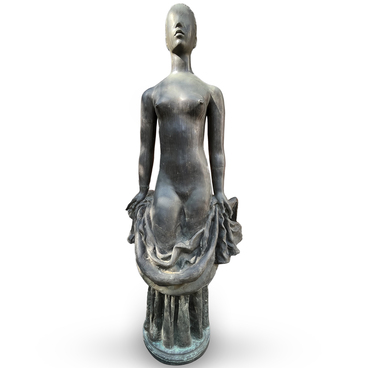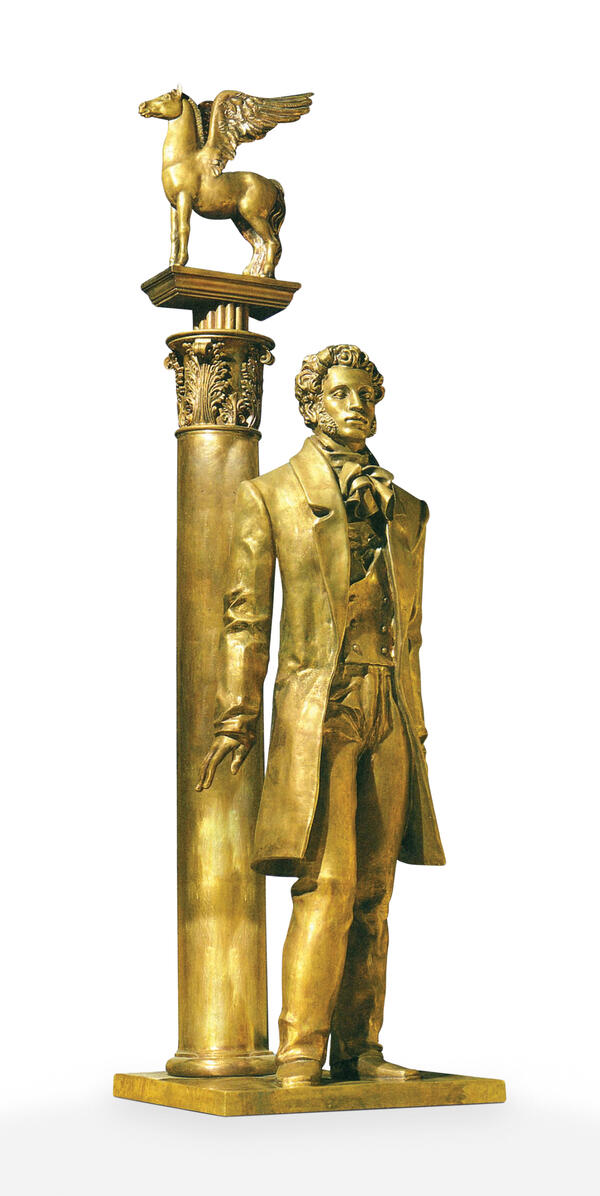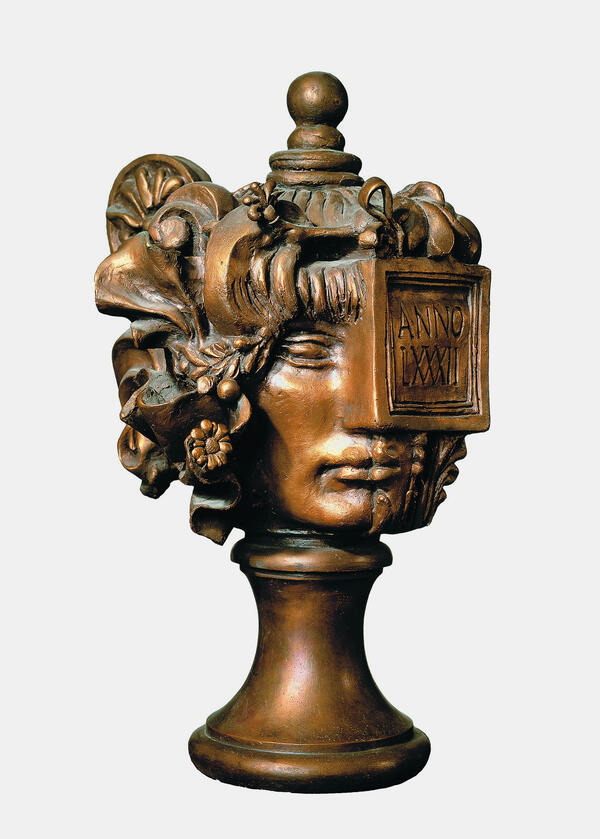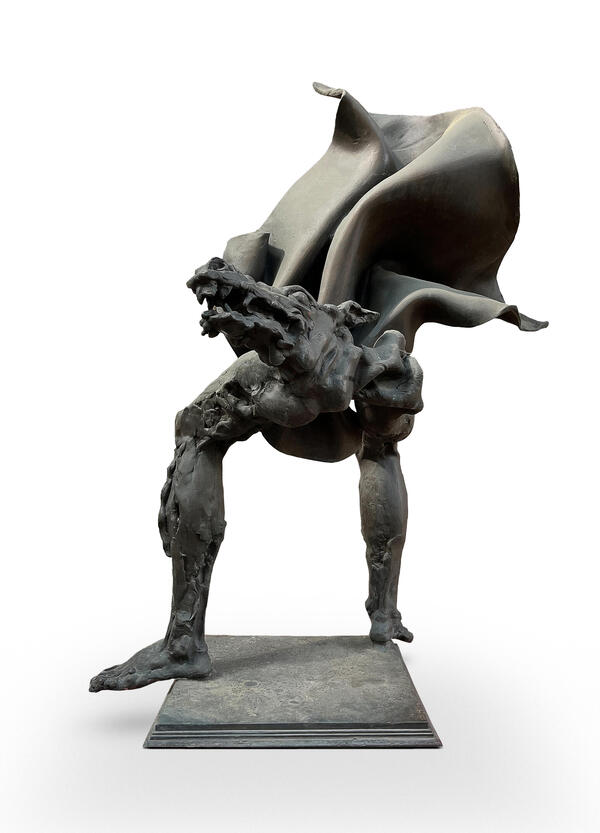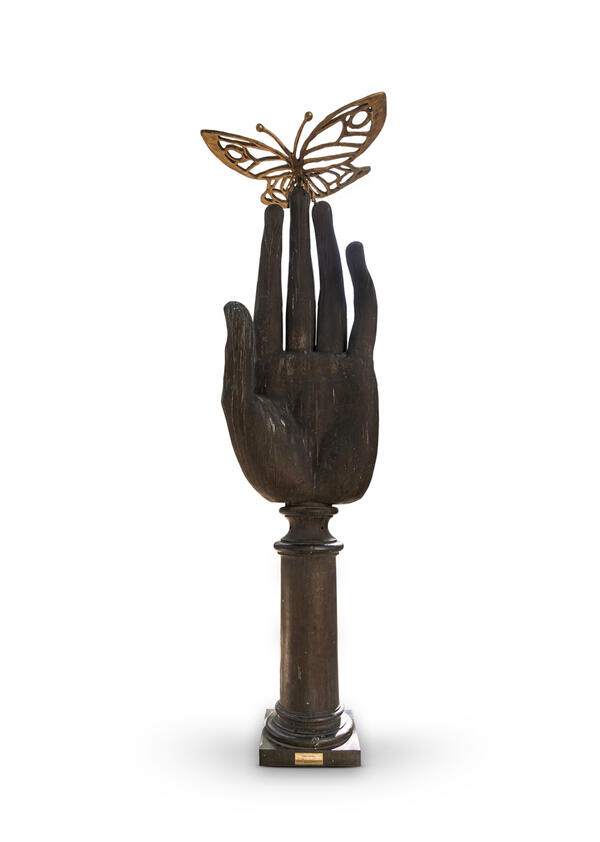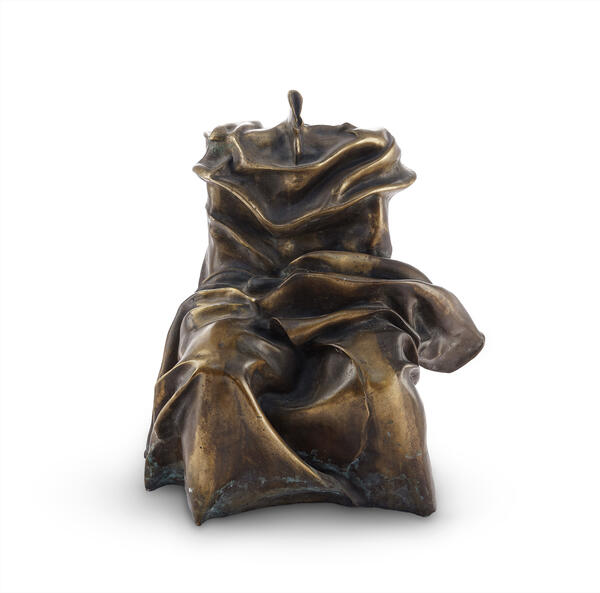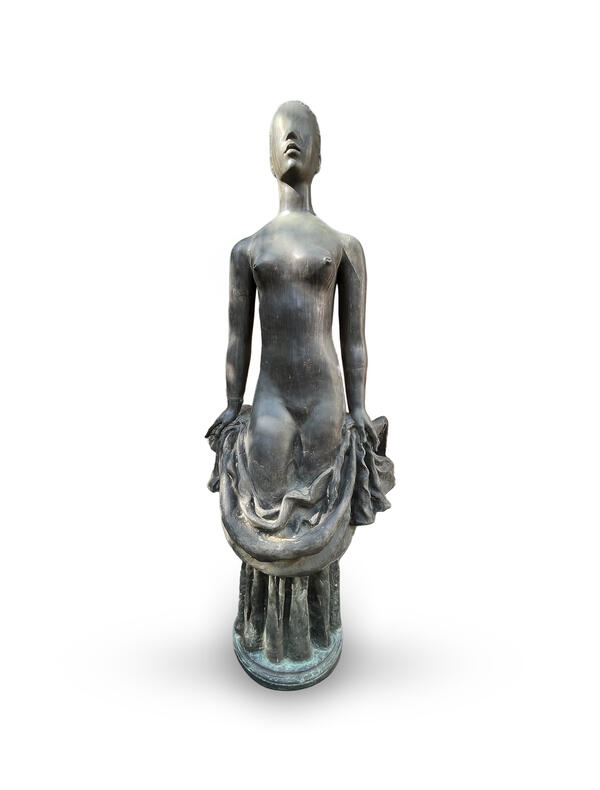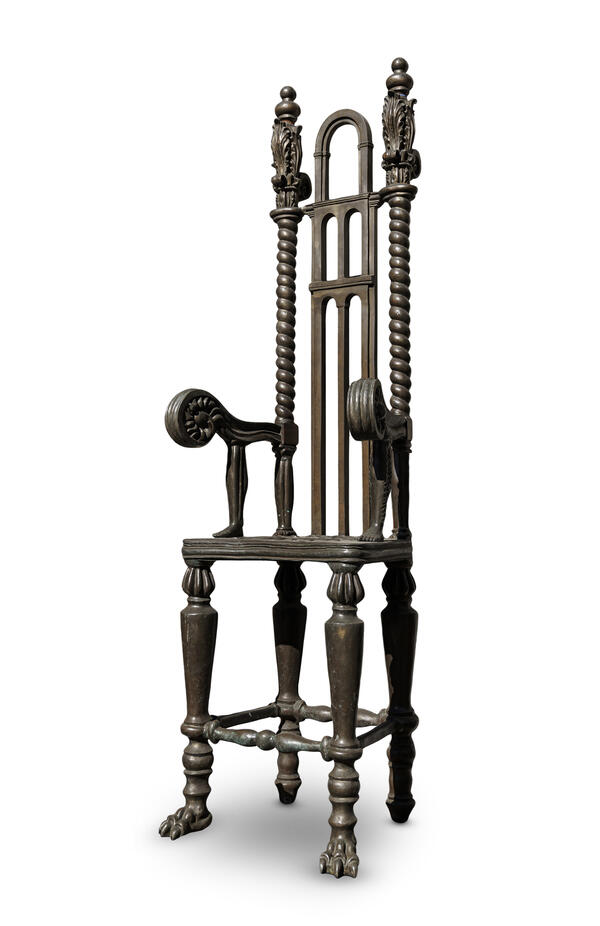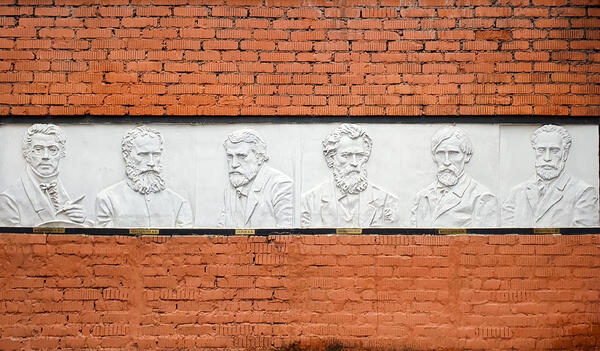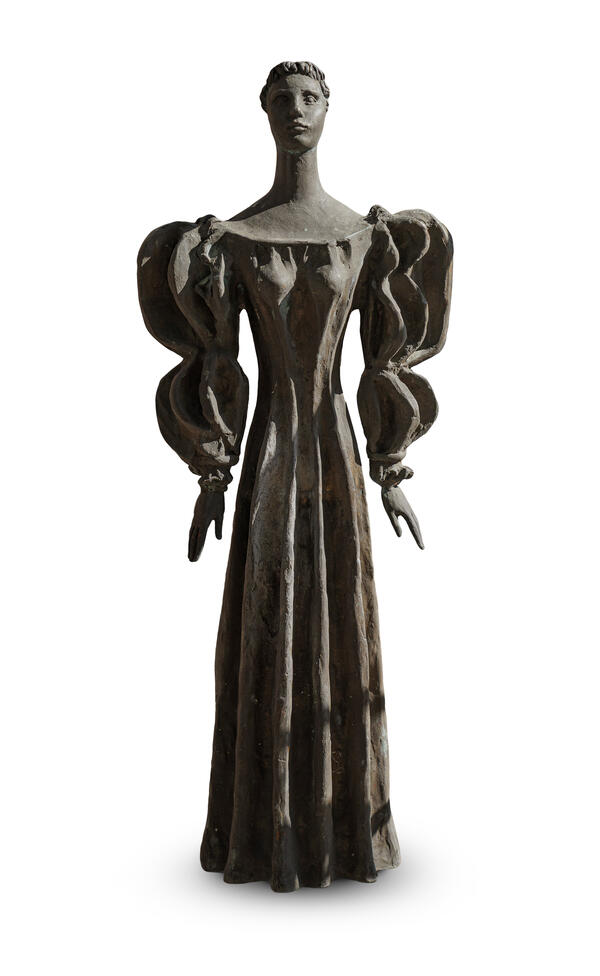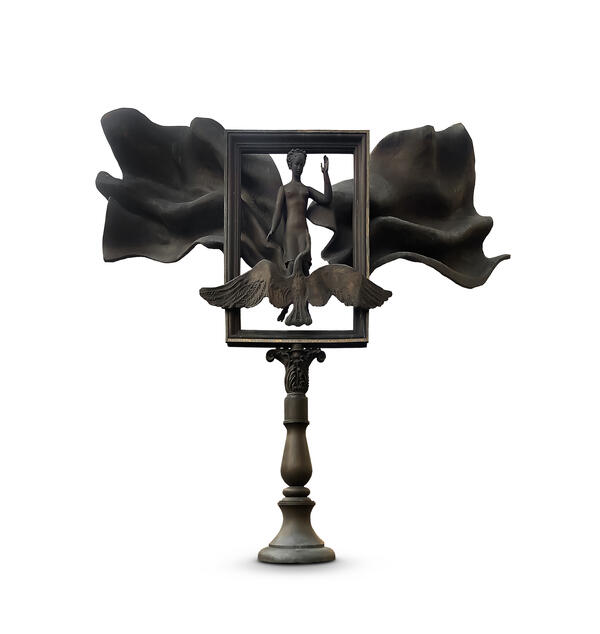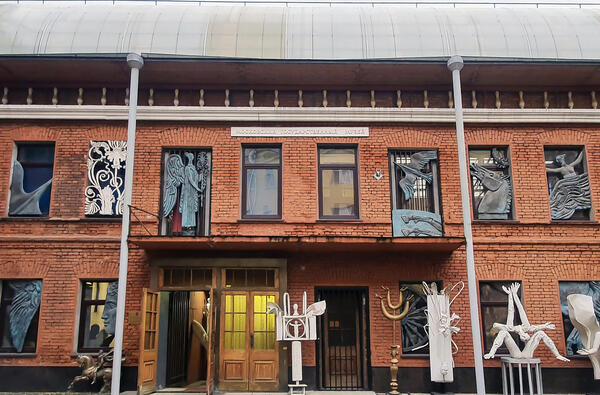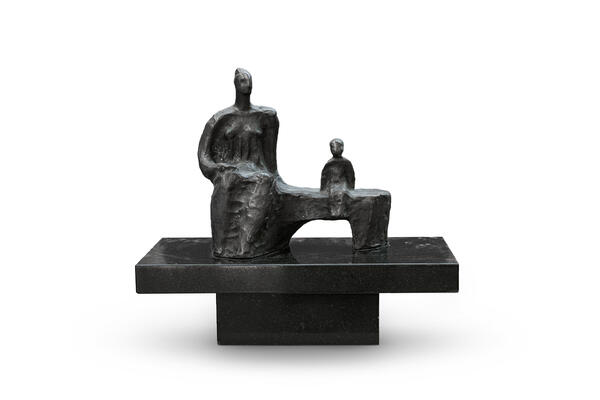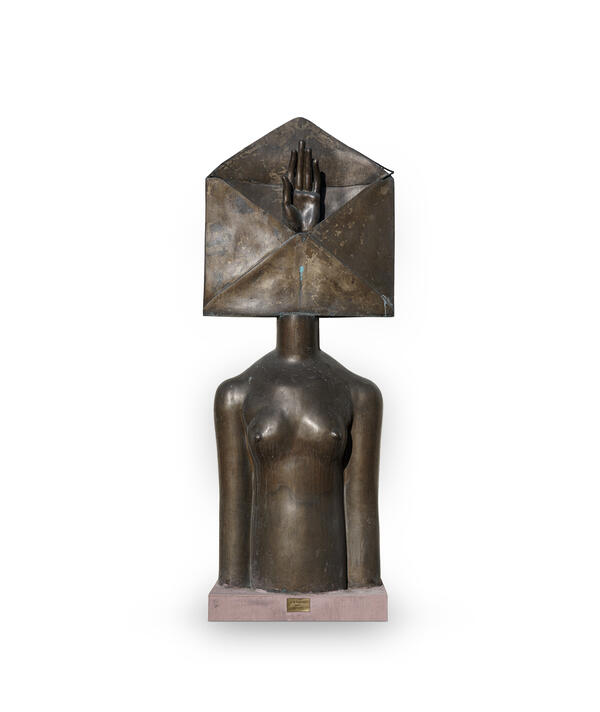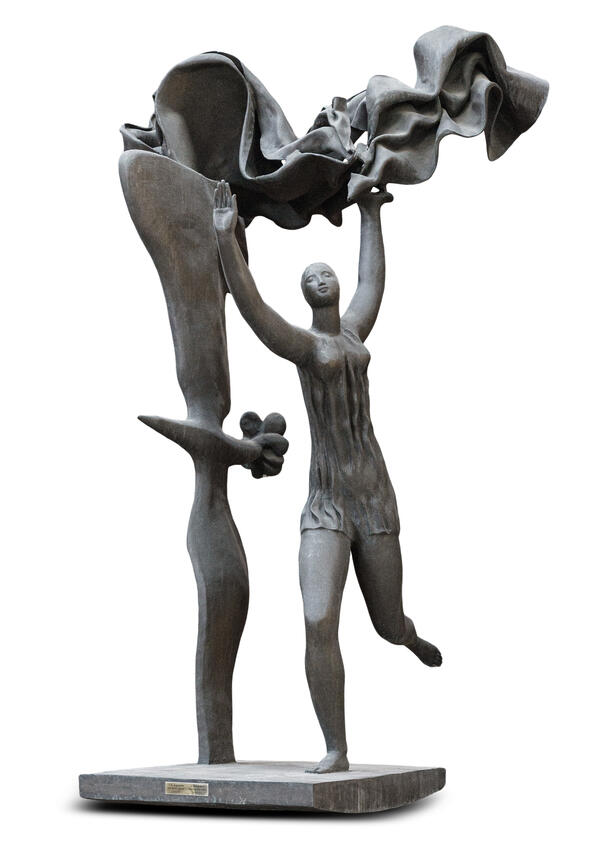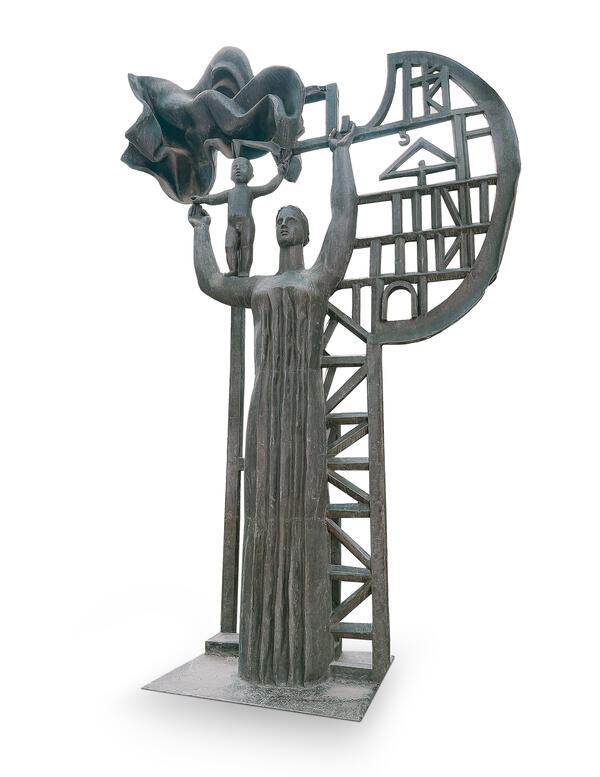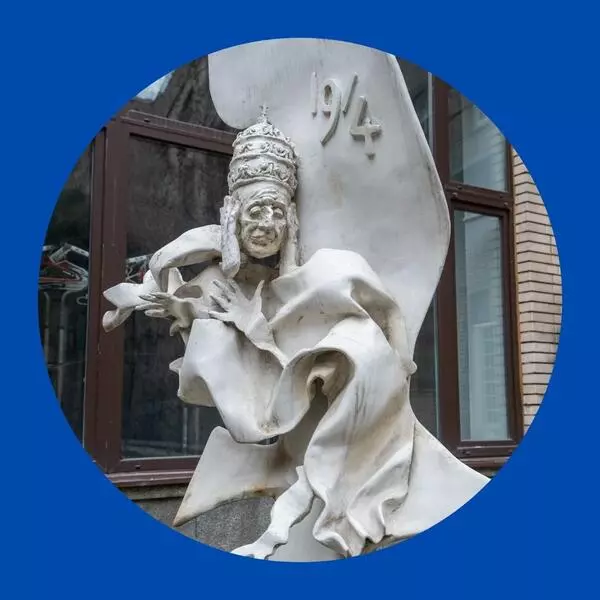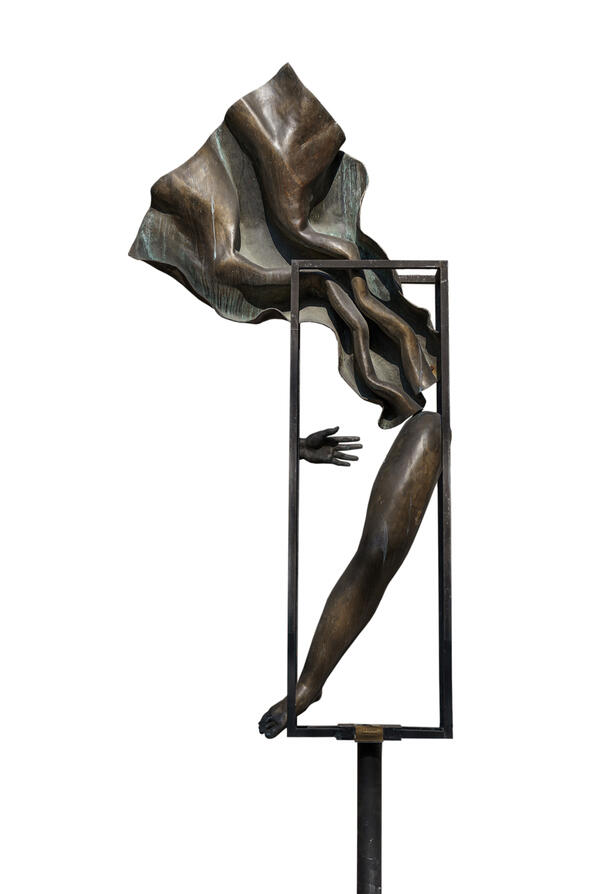Alexander Burganov created a sculptural image of a slaughtered bull, without the intention of accurately depicting the anatomy. The skinned carcass is not presented as a still life but rather as a symbolic image that continues the tradition of this theme in European art.
The depiction of meat in art has often been associated not only with the abundance of life’s pleasures but also with the finiteness of life. The most prominent symbolic still lifes and images of carcasses were created in the Dutch art of the 16th and 17th centuries. During that period, Dutch artists already emphasized the contrast between life and death, the spiritual and the material.
An example of this is Pieter Aertsen’s painting “Butcher’s Stall with the Flight into Egypt”. The artist clearly defined two symbols. The spiritual and eternal is symbolized by the religious scene of the flight into Egypt in the background. The earthly and finite is represented by the abundance of various types of meat and butchered carcasses in the foreground. The artist emphasized the spiritual theme by showing the Virgin Mary offering bread to a beggar.
Rembrandt Harmenszoon van Rijn also depicted meat in several paintings. For example, in “Slaughtered Ox”, a carcass is suspended by its two rear legs, referencing crucifixion and symbolizing a violent and dramatic end of earthly life.
The most vivid interpretation of this subject in the 20th century was offered by Chaïm Soutine who was inspired by Rembrandt’s works. In Soutine’s painting, there were almost no metaphors and symbols. The artist reflected the emotional tension created by a freshly skinned carcass.
The first sculptor to explore this theme was Alexander Burganov. He emphasized that this was not a still life and returned to the initial interpretation of the subject by creating a contrast between the spiritual and the physical. Initially, the composition consisted of two parts. Opposite the butchered carcass, there was a statue of a beautiful naked woman. The shocking image of death was highlighted by this juxtaposition — a beautiful human body next to a skinned animal.

